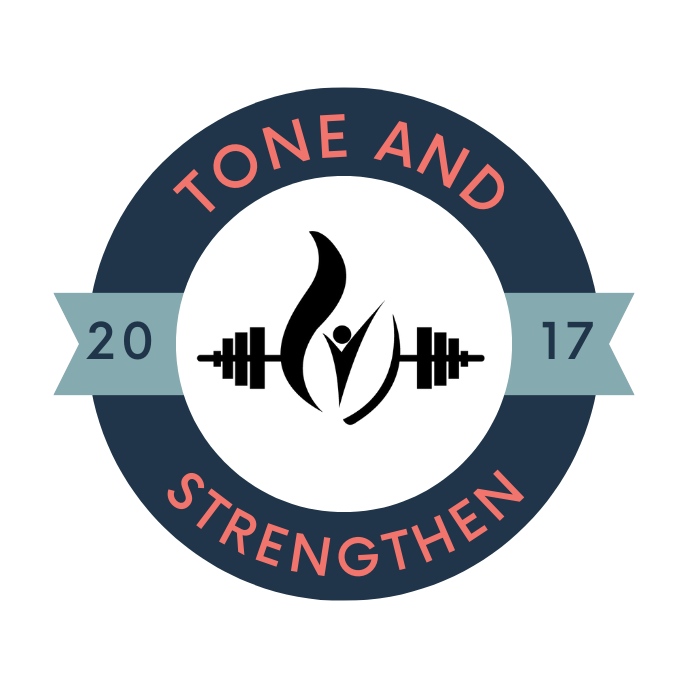
Dynamic Warm-Up
Are you prepping to move? Nothing gets your body ready to move than a dynamic stretching routine. The large, controlled, and repetitive movements take your joints through an extensive range of motion. You can say that it’s moving while you stretch” or stretching through a joint’s full range of motion.
Movements of the dynamic warmup depend upon your goals and fitness level. These can be low-intensity mobility moves for a flow or yoga class, or high-intensity transit moves for intense workouts such as running or HIIT class.
A dynamic warmup is helpful in promoting blood flow, preventing injury and muscle soreness, and improving performance. It is an excellent way to get mentally and physically prepared for the workout session. Consistency is critical for the dynamic warmup drills, and making them progressive is essential too.
What is a Dynamic Warmup?
Dynamic warmup consists of short dynamic stretches and movements to loosen up your joints and the surrounding muscles and increase your body temperature and blood flow.
A dynamic warmup isn’t just jogging for a few seconds or doing static stretches. The exercises in a dynamic warm up copy the movement patterns that you will use in the workout to follow. This helps optimize the range of motion and prepare your muscles for endurance and power.
Should I Stretch Before Working Out?
Static stretches are the long hold stretches. They are more effective after the workout.
Doing dynamic stretches of 1-5 seconds before working out is the correct way to mobilize and stabilize the joints.
Static Stretches vs. Dynamic Stretches
Static stretches are held for a long time, around 20-30 seconds. Static stretching increases the flexibility and elasticity of the muscles. Research studies show that static stretching inhibits muscles power generation temporarily, which leads to delayed performance.
Dynamic stretches are short stretches with movements that are similar to sport or activities. A dynamic stretch moves you in and out of a stretch, for example, low lunge to half seated split, cats and cows, and hips circles.
When compared to static stretching, dynamic stretching is the more appropriate method to warm up.
In short, dynamic warmup starts slowly with gentle activities and then progresses with each movement to a more high-impact finish. It follows a specific activity in order, each time before your sport or workout routine. Eventually, it simply becomes part of your routine. A dynamic warmup is to exercise what proposing is to marriage: it’s an essential ritual.
Need dynamic warmup ideas? Follow @tone_and_strengthen Instagram channel to follow dynamic warmup routines.

This Post Has 0 Comments